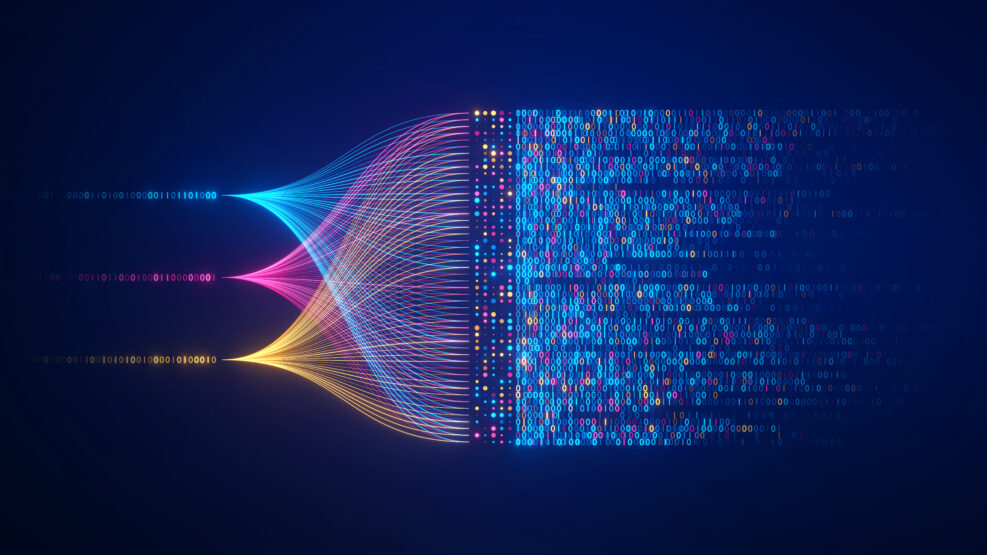
Eric Holloway is a Senior Fellow with the Walter Bradley Center for Natural & Artificial Intelligence, and holds a PhD in Electrical & Computer Engineering from Baylor University. A Captain in the United States Air Force, he served in the US and Afghanistan. He is the co-editor of Naturalism and Its Alternatives in Scientific Methodologies.
Archives


How Is Intentionality Embedded in the Universe?
All efforts to extinguish intentionality and morality only serve to further establish their inescapable reality
Could Our Minds Be Bigger Than Even a Multiverse?
The relationship between information, entropy, and probability suggests startling possibilities. If you find the math hard, a face-in-the-clouds illustration works too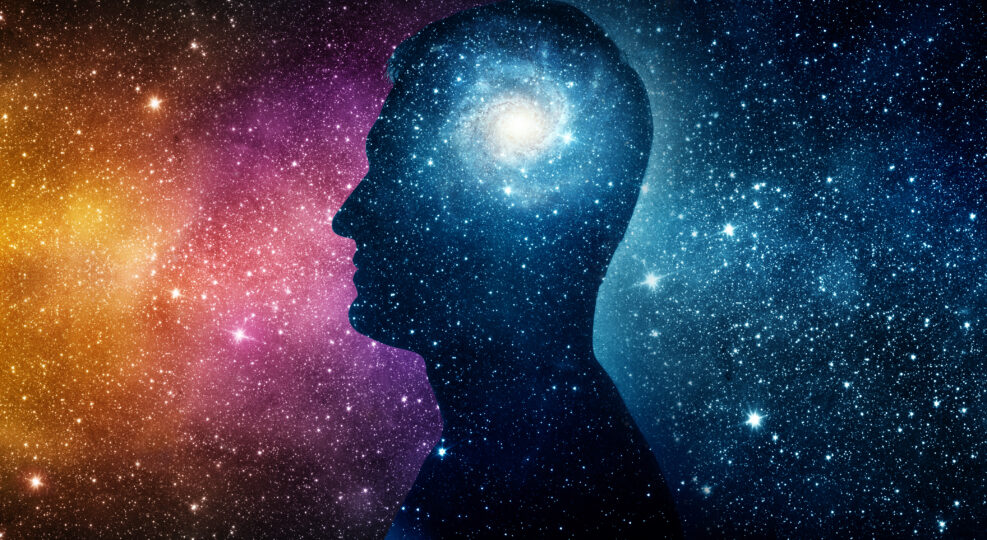
Is Your Mind Bigger Than the Universe? Well, Look At It This Way…
Surprisingly, there is a way to measure the mind that shows it IS bigger than the universe — information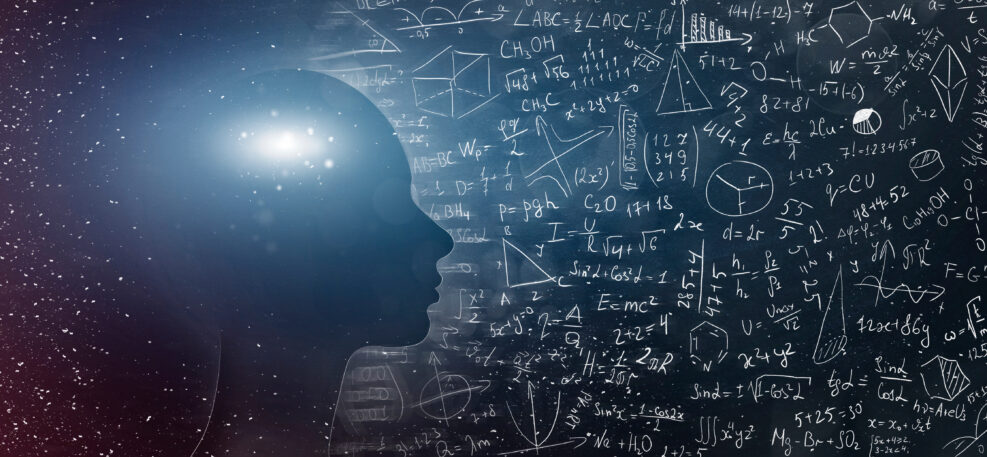
Why Is Theology the Most Important Empirical Science?
Arguing pro or con about the existence of God has resulted in many successful and/or widely accepted theories in science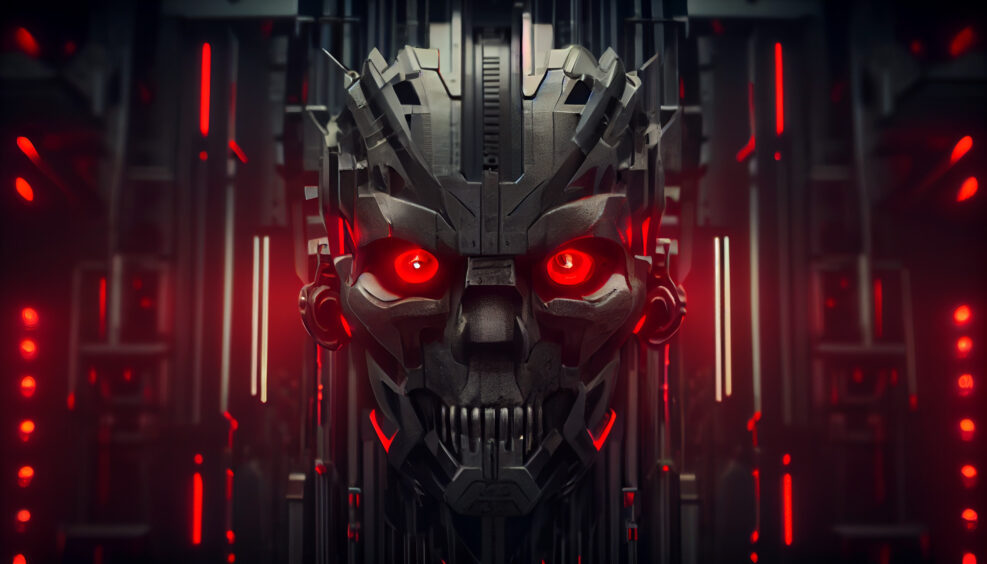
Can AI Really Start Doing Evil Stuff All By Itself?
We need to first talk to the man in the mirror before we go around blaming transistor circuit boards for what’s wrong in the world
Can There Really Be an Ultimate Happiness Machine?
Technology can do so much. Can it really provide an answer to the eternal human quest for happiness?
AI and the Chinese Room Argument
We still haven't cracked the mystery of human intelligence.
“Ghost Work” and the Enduring Necessity of Human Labor
Contrary to popular assumptions, the greater the automation, the greater the need for human labor.
Ancient Greek Philosophy and Modern Blockbuster Graphics
The amazing computer-generated effects you see in almost every blockbuster today are only possible thanks to ideas proposed over 2300 years ago.
Life According to the Turing Machine
Is there more to the world than just data and digits?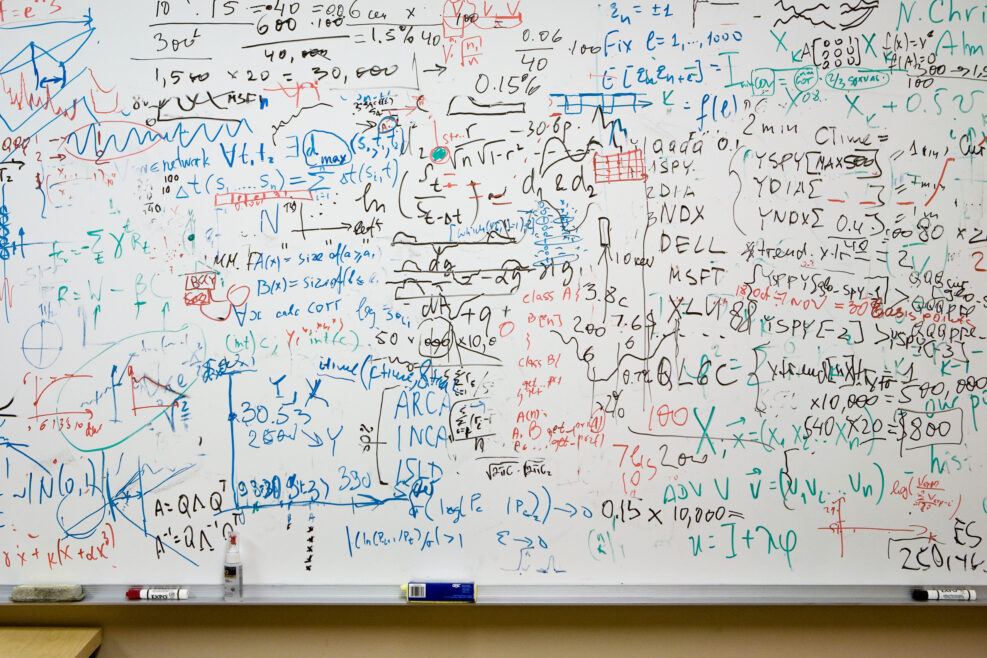
Does ChatGPT Pass the Creativity Test?
What does ChatGPT have to do in order to be considered creative?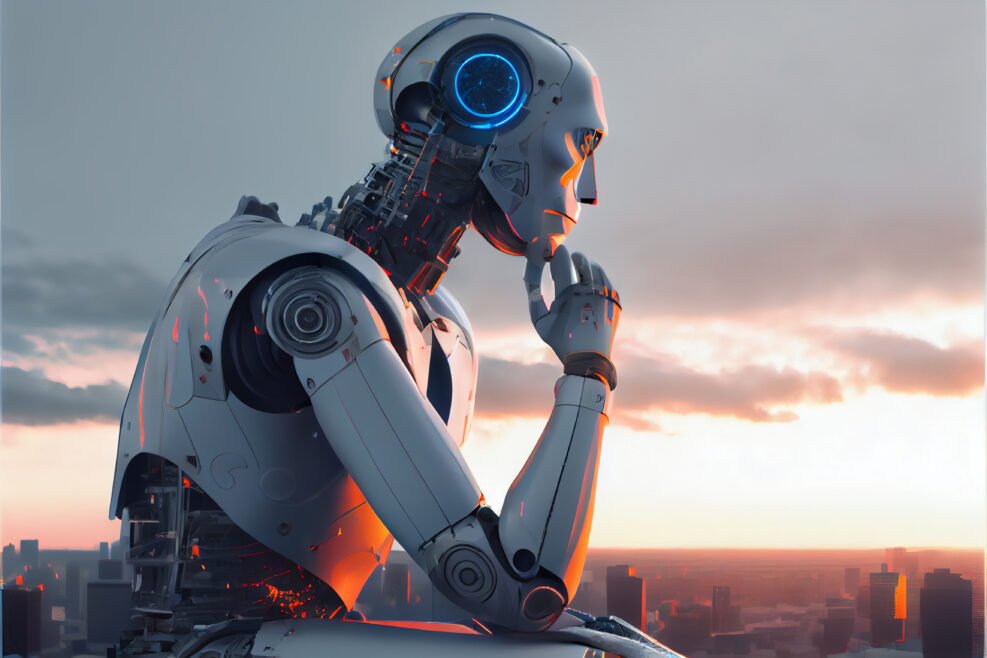
Can AI Create its Own Information?
The simple answer is "no," but why? Eric Holloway explains
Say What? AI Doesn’t Understand Anything
Is that supposed to be a cat, Mr. AI?
Minecraft: A World of Information
The world's bestselling video game captures the insight that information is created and consumed by human minds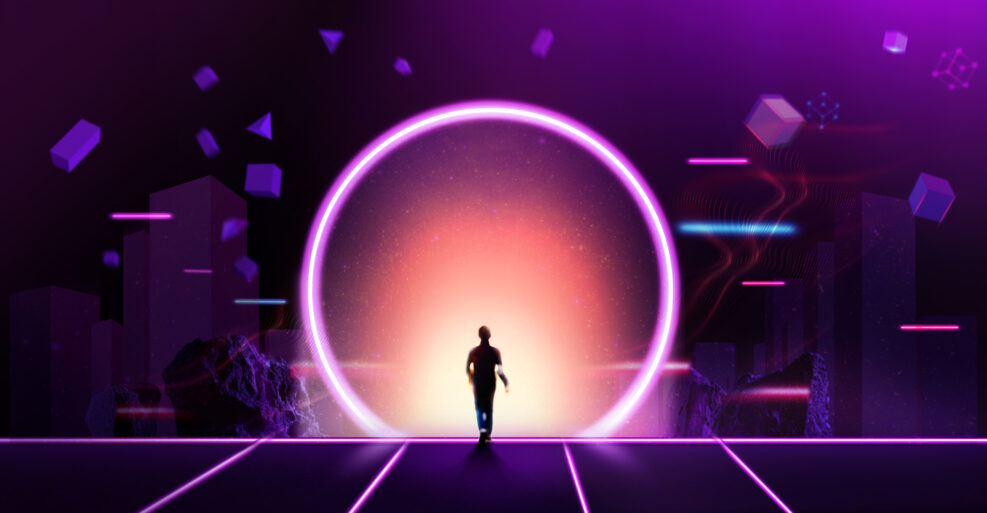
For BitHeaven’s Sake
A satirical short story on the transhumanist quest (and failure) to achieve immortality
AI and Human Text: Indistinct?
Here's a mathematical proof that challenges the assumption that AI and human-made text are the same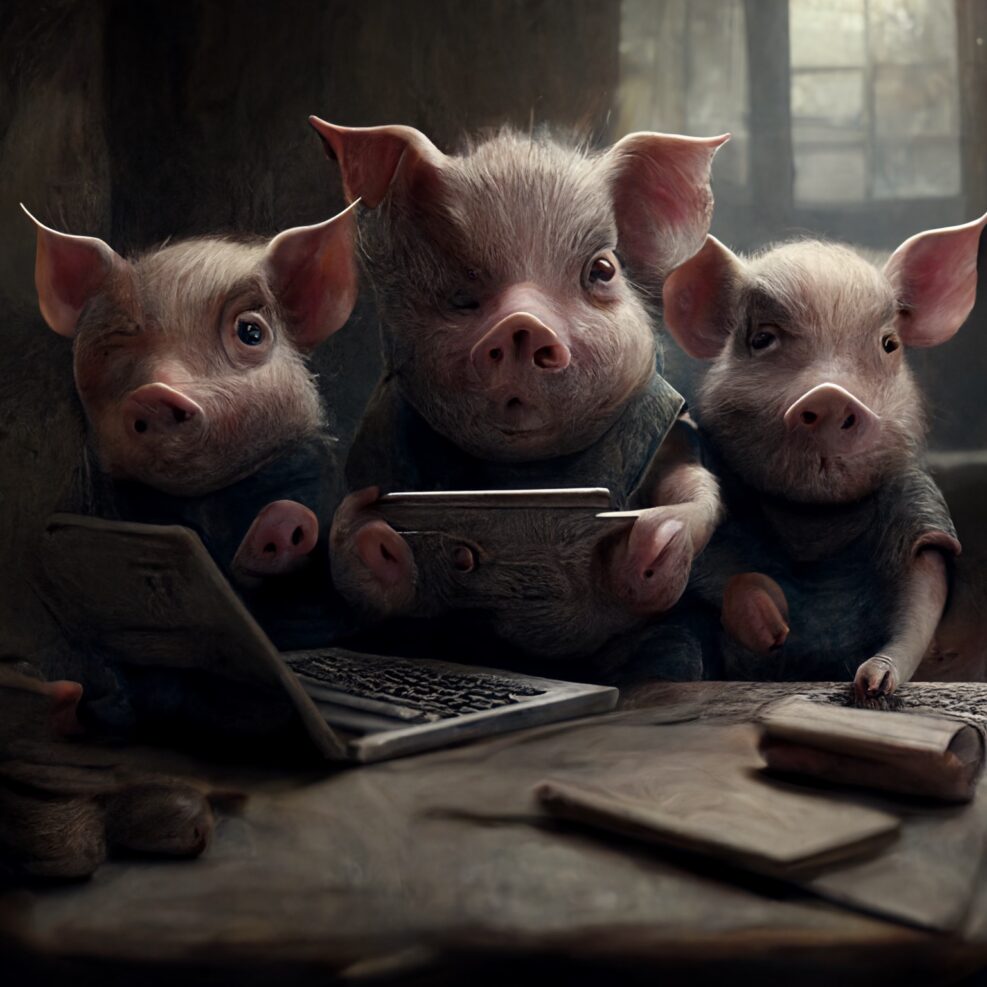
AI vs. Human Intentionality
If ChatGPT were trained over and over on its own output, it would eventually turn to gibberish
We Can’t Build a Hut to the Moon
The history of AI is a story of a recurring cycle of hype and disappointment